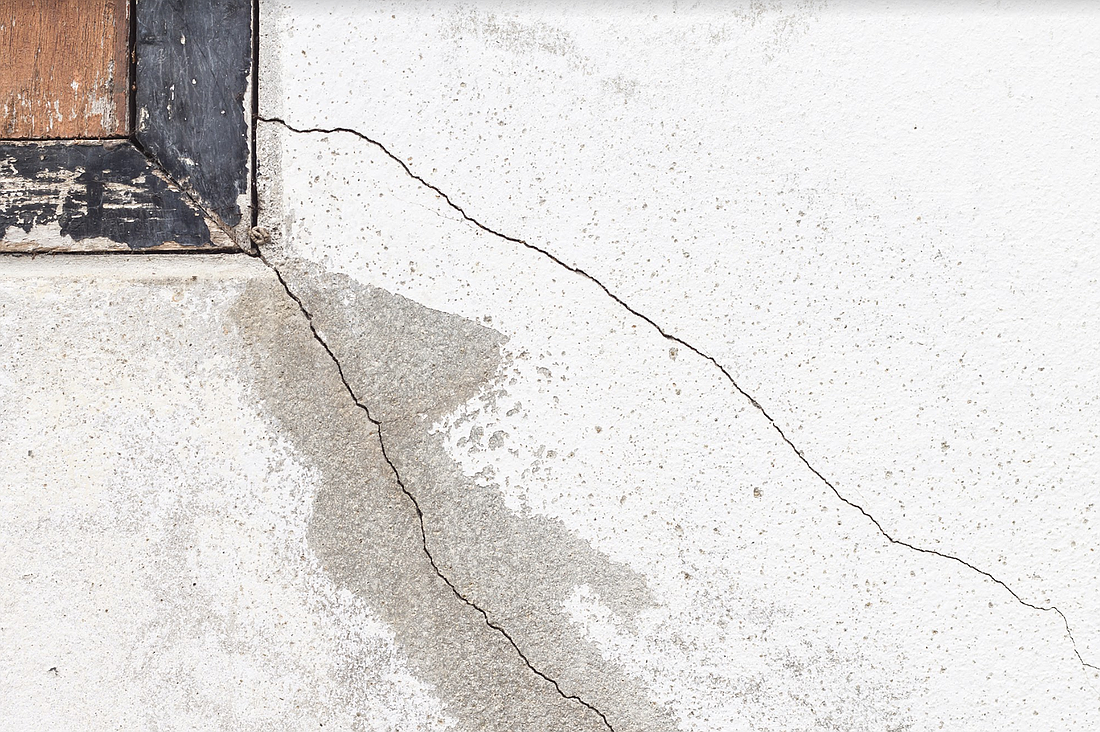
By Scott Padgett, JBA Construction Law Committee chair
Mass market homebuilders are vital to the availability of affordable housing. Through economies of scale, they leverage materials purchasing power and have more consistency in their subcontractors’ performance of work.
By using the same subcontractors to perform the same work on the same models of home, they are able to develop experience, reproducibility and trust in the performance of that work, reducing construction time and cost of supervision.
We want homebuilders to streamline their means and methods to produce homes faster and with fewer expenses incurred so that we can purchase more for less.
Along with the focus to be more competitive and provide greater value may come mistakes. Despite industry progress in automation, people are assembling components and driving nails. Therefore, defects are inevitable.
As long as new homes are being built, particularly stucco homes, there will be a demand for residential construction defect litigation services.
However, the business model of plaintiffs’ law firms meeting much of this demand in Florida has changed dramatically over the past decade. Instead of offering individualized legal services, certain firms are providing mass market representation in an assembly-line fashion, not unlike foreclosure mills during the Great Recession.
The most interesting aspect of this practice may be the manner in which new cases are generated. Due to its role in the proliferation of construction defect claims and disruption of the construction insurance marketplace, it has become a hot topic among industry insiders.
A case may originate when an unsolicited stucco consultant delivers to the front door of each single-family residence within a planned community a brochure offering free inspection services. It may display photographs that depict cracked stucco, and advise that the statute of repose bars recovery from contractors 10 years after the original home closing date.
Upon accepting the offer of a free home inspection, the owner is referred by the consultant to a plaintiffs’ law firm that represents homeowners on a contingency fee basis.
Then, the law firm engages the consultant to prepare an expert report describing defects observed during the inspection. The reports produced by the consultant vary only slightly from home to home and appear to be mostly form reproductions.
After commencing several proceedings against the same homebuilder and its subcontractors, the law firm may organize a group mediation in an attempt to simultaneously resolve 15-20 homeowners’ claims.
So, are the business practices of construction defect litigation mills problematic? The answer depends on whom you ask.
From the homeowner’s perspective, a consultant who brings to their attention the existence of construction defects that may have otherwise gone undiscovered prior to expiration of the statute of repose is helpful.
Although a homeowner’s lack of or insufficient maintenance often contributes to the extent of damages, no one can credibly suggest that homeowners, who have properly maintained their homes, should be without a remedy for defective construction.
On the other hand, for homebuilders, the evolving legal practice has become a source of seemingly unnatural disruption. Whereas homebuilders could previously self-perform warranty claim repairs at cost, that option often is no longer available because of the increased volume of claims and the manner in which they are being advanced by the homeowners’ attorneys.
Thus, the large, self-insured builders with in-house counsel are spending more time and money defending and settling claims and the midsize builders are tendering more claims to their insurers, which has negatively impacted the construction insurance industry.
Many builders and even some subcontractors now are unable to obtain products-completed operations hazard insurance coverage at any cost. Despite significantly reduced coverage, their policy premiums are skyrocketing.
The most common criticism of construction defect litigation mills I hear from homebuilders, subcontractors and insurance adjusters is that the rate of claims has been artificially increased by lawyers who engage in unscrupulous solicitation practices, often drawing the analogy of ambulance chasers.
Whether any attorneys are, in fact, encouraging or directing consultants to distribute brochures or disguising referral fees, I have no idea, but that is the perception of defect litigation mills held by many nonlawyers in the construction industry.
From my perspective, that perception is a reason for concern.
Scott Padgett is a shareholder and Board Certified Construction Lawyer at Rogers Towers, P.A., focusing on construction and business litigation.